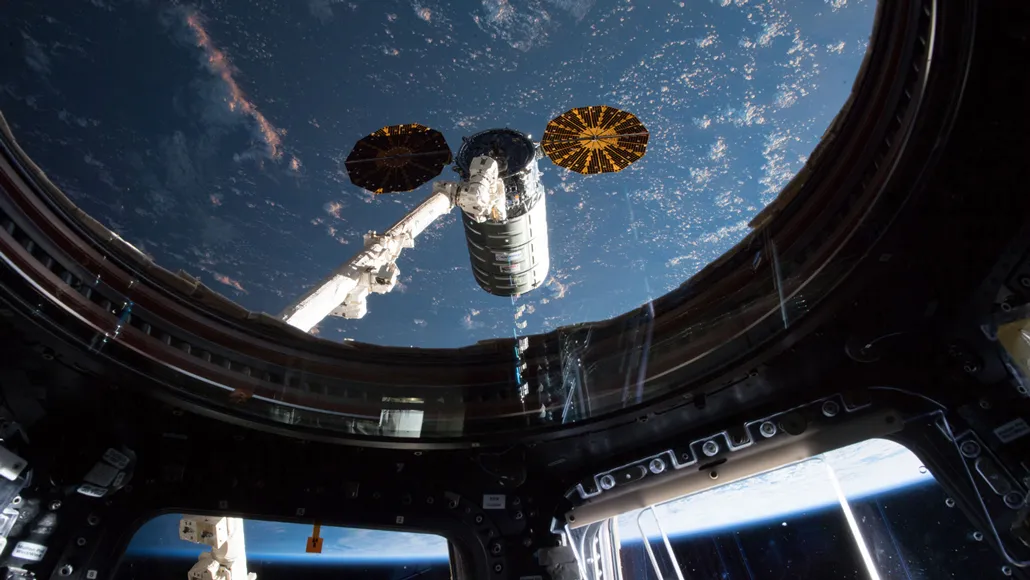This weird quantum state of matter was made in orbit for the first time
Bose-Einstein condensates in space could reach temperatures lower than any known in the universe

Scientists created weird quantum matter in orbit with the Cold Atom Lab, delivered to the International Space Station in 2018 by the Cygnus spacecraft, as seen from inside the space station.
NASA